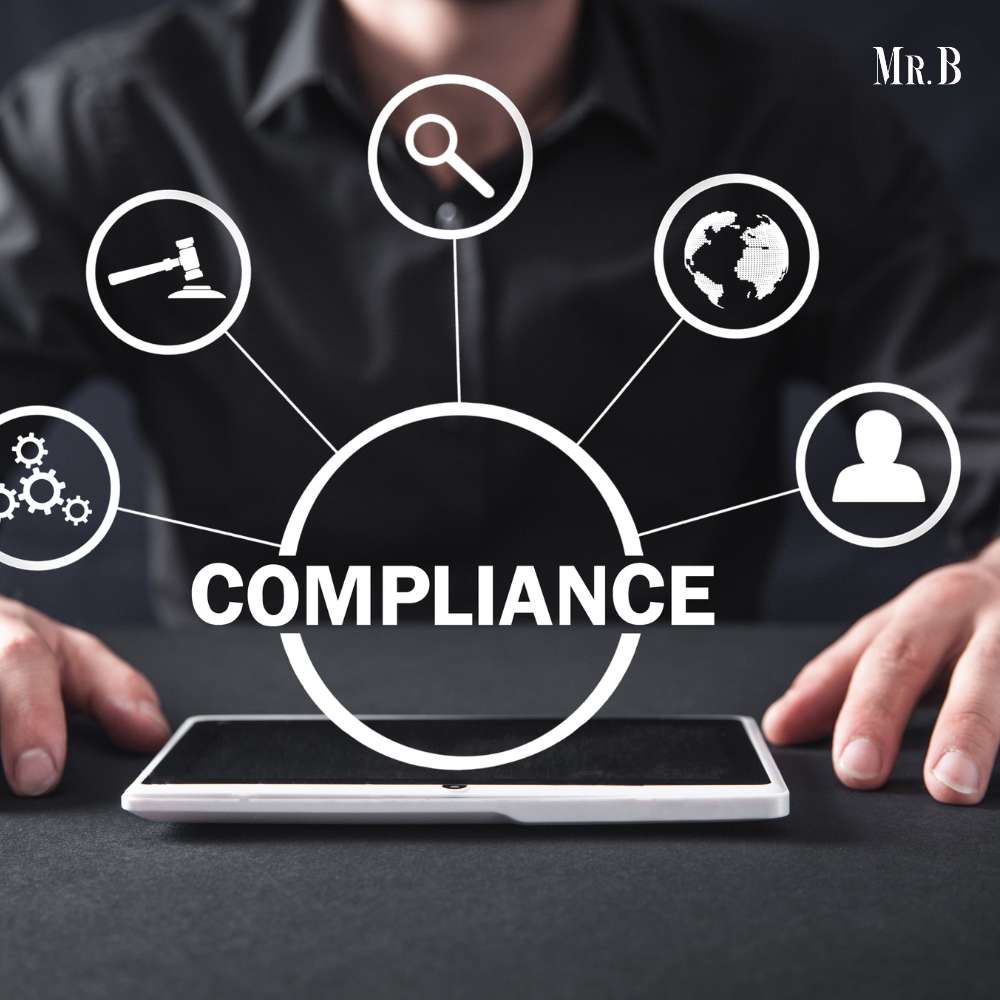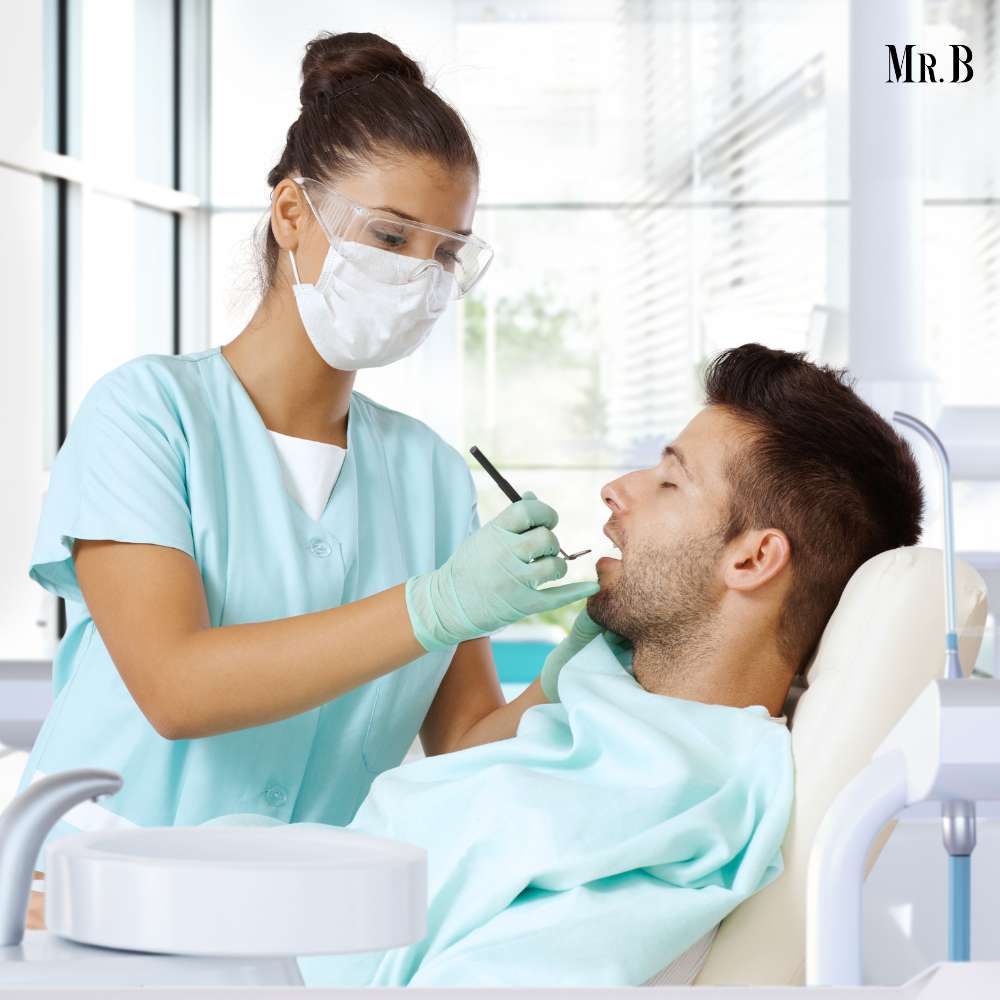In the realm of dentistry, the meticulous process of dental sterilization plays a pivotal role in safeguarding the health of both patients and practitioners. This comprehensive guide delves into the significance of dental sterilization, exploring its techniques, importance, and the assurance it brings to the dental environment.
Understanding the Concept of Dental Sterilization:
Dental sterilization refers to the process of eliminating all forms of microbial life, including bacteria, viruses, and spores, from dental instruments and equipment. This meticulous procedure is a cornerstone in infection control within dental practices, preventing the transmission of infectious agents and ensuring a safe environment for dental procedures.
Importance:
The paramount importance of dental sterilization cannot be overstated. Dental instruments come in direct contact with oral tissues and bodily fluids, creating a potential avenue for the transmission of infections. By adhering to rigorous sterilization protocols, dental professionals mitigate these risks, upholding the highest standards of patient safety and infection prevention.
Methods:
Various methods are employed in dental sterilization, each tailored to specific instruments and equipment. Autoclaving, chemical sterilization, and dry heat sterilization are among the common techniques. Autoclaving, using high-pressure steam, is particularly effective in achieving sterility, while chemical sterilization involves the use of liquid or gas chemicals to disinfect instruments.

Ensuring Compliance with Regulatory Standards:
Dental practices are bound by stringent regulatory standards that mandate the implementation of proper sterilization protocols. Adhering to guidelines set forth by organizations such as the Centers for Disease Control and Prevention (CDC) and the Occupational Safety and Health Administration (OSHA) is not only a legal requirement but also an ethical responsibility to prioritize patient well-being.
The Process:
The sterilization process typically involves a series of systematic steps. Instruments are first cleaned to remove debris and contaminants. Subsequently, they undergo sterilization using the chosen method. Proper storage and handling post-sterilization ensure the maintenance of sterility until the instruments are ready for use.
What Dentists Want You to Know About Dental Sterilization?
This sterilization is the silent guardian of oral healthcare, an intricate process often overlooked by patients but cherished by dentists for its pivotal role in ensuring a safe and infection-free environment. This article unveils the essential aspects of sterilization that dentists wish every patient understood, shedding light on its significance and the meticulous measures taken to guarantee your well-being during every dental visit.
1. Prioritizing Patient Safety:
At the core of every dental practice is an unwavering commitment to patient safety. This is not just a routine procedure; it’s a steadfast safeguard against the transmission of infections. Dentists prioritize your well-being by meticulously adhering to sterilization protocols that exceed industry standards, creating an environment where your health is never compromised.
2. Dental Sterilization: A Multifaceted Shield:
It extends beyond the visible realm of instruments and equipment. It is a multifaceted shield that protects both patients and dental practitioners. By eliminating bacteria, viruses, and other microorganisms, it creates a sterile haven where every dental procedure unfolds with precision and without the looming threat of potential infections.

3. Ensuring Regulatory Compliance:
Dentists operate within a framework of rigorous regulatory standards set by entities such as the Centers for Disease Control and Prevention (CDC) and the Occupational Safety and Health Administration (OSHA). These standards mandate comprehensive sterilization practices to ensure compliance and uphold the highest levels of infection control.
4. The Complexity of Dental Instruments:
Dental instruments, though meticulously designed for precision, can harbor contaminants after each use. It is the key to eradicating these contaminants, ensuring that every instrument that touches your oral cavity is rendered impeccably sterile. The complexity of dental instruments demands an equally intricate sterilization process.
5. Patients as Partners in Infection Prevention:
Dentists view patients as partners in the journey of infection prevention. Understanding the importance of dental sterilization empowers patients to actively participate in maintaining a safe dental environment. By recognizing the meticulous efforts invested in sterilization, patients contribute to the collective responsibility of upholding the highest standards of oral healthcare.
6. A Symphony of Sterilization Techniques:
The realm of this sterilization is not one-size-fits-all; rather, it is a symphony of techniques tailored to different instruments and equipment. Autoclaving, chemical sterilization, and dry heat sterilization are among the harmonies played to achieve a pristine sterile state. Each method contributes to the overall composition of infection control.
7. Transparent Communication:
Dentists advocate for transparent communication regarding the sterilization. Patients are encouraged to ask questions about sterilization protocols, seek assurance about the cleanliness of instruments, and voice any concerns they may have. Open dialogue fosters trust and reinforces the collaborative effort in maintaining a hygienic environment.

8. Patient Peace of Mind:
Ultimately, what dentists want patients to know about the sterilization is that it is the bedrock of their peace of mind. When you step into a dental office, the meticulous sterilization processes in place are a testament to your safety. It is a silent, powerful assurance that your oral health journey is not just a priority; it is a sacred trust upheld with the utmost diligence.
FAQs:
Q1: Why is dental sterilization crucial in a dental practice?
A1: It is vital to prevent the transmission of infections, ensuring the safety of both patients and dental practitioners during procedures.
Q2: What are the common methods of this sterilization?
A2: Common methods include autoclaving, chemical sterilization, and dry heat sterilization, each tailored to specific instruments and equipment.
Q3: How often should dental instruments undergo sterilization?
A3: Dental instruments should be sterilized after each use to maintain a consistently sterile environment and comply with regulatory standards.
Q4: Are there regulatory standards for dental sterilization?
A4: Yes, dental practices must adhere to regulatory standards set by organizations such as the CDC and OSHA to ensure compliance and patient safety.
Q5: What steps are involved in the process?
A5: The process includes cleaning, sterilization using an appropriate method, and proper storage and handling to maintain sterility until use.
Conclusion:
Dental sterilization stands as a non-negotiable pillar of infection control in dental practices. Its meticulous implementation not only meets regulatory requirements but also instills confidence in patients, fostering an environment where oral health and safety go hand in hand. Understanding its intricacies empowers individuals to appreciate the layers of protection surrounding them during every dental visit. As patients, acknowledging the significance of it creates a symbiotic relationship where trust, safety, and oral health thrive in harmony.







